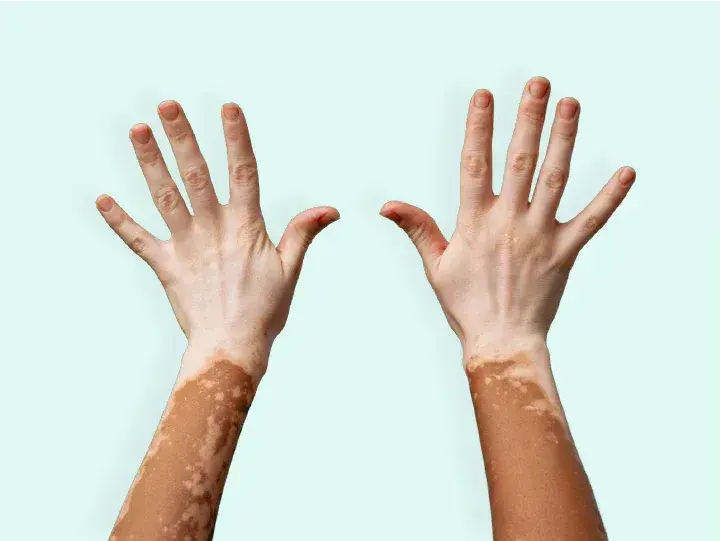The mirror – A friend or foe – uncovering body dysmorphia in teens
- Jyothi Bhat

- 11 hours ago
- 4 min read
‘What should I do? Nothing looks good on me!’
Have you encountered this statement before? Surely, at some point, we might have said this to ourselves when we look in the mirror and feel frustrated about our appearance.
While some of us enjoy looking at ourselves in the mirror, some just hate it or unhealthily obsess over it.
Occasionally, being irritated about one’s looks is common, or just not ‘feeling it’ is fine, but it shouldn’t escalate to an extent where we just cannot focus on anything but our appearance and feel dejected about it. Often, feeling swamped with one’s looks can hinder the daily routine, and this hindrance is termed body dysmorphia.
Well, the exact definition of body dysmorphic disorder, according to NHS UK, is –
“Body dysmorphic disorder (BDD), or body dysmorphia, is a mental health condition where a person spends a lot of time worrying about flaws in their appearance. These flaws are often unnoticeable to others.”
Body dysmorphia and teenagers
Adolescence is a time of rapid physical, emotional, and mental changes. It is also a ubiquitous age where a lot of us teenagers suffer from some psychological disorders, like anxiety, depression, eating disorders, etc.
Body dysmorphia can be diagnosed across age groups, but is largely prevalent among adolescents. It is recognised in approximately 2% adolescents, which means every 2 out of 100 teenagers are diagnosed with body dysmorphia. This is only the official record that is present, but there are still so many undetected cases.
Now, there can be various reasons for this, like a lack of knowledge of symptoms, normalisation of such negative self-talk, etc.
During our teenage years, we tend to focus a lot on looks, appearance, attractiveness, perception of beauty, etc. And with the influence of social media, we tend to develop unrealistic beauty standards, and a sense of being a perfectionist can act as a catalyst in developing body dysmorphia.
Influence of social media
Social media is now a significant part of our daily routine; everyone is exposed to it in some way or another. Social media can influence one positively as well as negatively. If we look at it from the perspective of someone dealing with body dysmorphia, it can hamper one negatively in ways like normalizing unrealistic beauty standards, promoting excessive comparison, and potentially exacerbating existing body image concerns.
Since we have an overview of what exactly it is and some reasons behind it, let’s understand what the symptoms of body dysmorphia disorder (BDD) are –
Symptoms
Intense focus on a perceived physical flaw that is either invisible or seems trivial to others
This can lead to a deep-seated belief that they have a physical imperfection that makes them unattractive or deformed.
The belief that others notice your flaw negatively and mock you
Continuously comparing oneself with others.
Engaging in behaviours aimed at fixing or hiding the perceived flaw that are difficult to resist or control, such as frequently checking the mirror, grooming, or skin picking.
Frequently seeking reassurance about your appearance from others.
Having perfectionist tendencies
Seeking cosmetic procedures with little satisfaction
After understanding the symptoms, we also need to know the reason that causes it. It's not just external factors that are responsible; there are also some internal causes.
Majorly, there are two prominent reasons that have been found out by researchers. First, being genetic, it's common among those who have a family history of body dysmorphia. Second is the lack of the chemical serotonin. What does serotonin do?
Serotonin is a neurotransmitter associated with mood and well-being. According to certain research imbalance of this chemical can develop BDD or further worsen it.
After learning about what BDD is, we also need to know ways to help overcome it. The first step is to approach professional help.
Treatments
Research has come up with 2 kinds of treatment that will help in treating body dysmorphia.
Cognitive behavioural therapy (CBT) – it is a kind of talk therapy where psychologists engage with one to comprehend their fears, worries, and anxieties, and then try to resolve them. They also help one change the way they think and look at their bodies.
Medicine – In certain cases, medicines are prescribed that help in improving the production and functioning of serotonin.
Since we have educated ourselves on what exactly body dysmorphia is, the next time we encounter a friend or ourselves experiencing these symptoms over a reasonable period, we will take a step forward in helping to diagnose and treat it.
Understanding the gravity of this is crucial. And henceforth, rather than normalising it with “You are fine” or “Cmon, there is nothing wrong with you,” we can actually help them.
To end it with a quote for all those suffering from body dysmorphia
A wise person once said -
‘Being perfect is not beautiful, it’s the imperfections which make us beautiful’
Anyone who would like to delve deeper into BDD can refer to the following sources
Sources















the article really resonated with me on a personal level, I can totally relate to the struggles with body image tbh and it also serves as a good reminder that I should focus on what I have and should be grateful for, rather than dwelling on the negative aspect of it, your decision to tackle this topic is really appreciated especially highlighting the role social media plays all in all